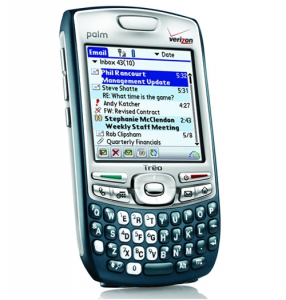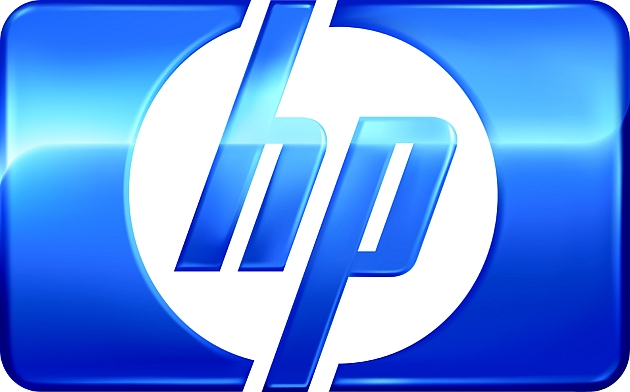HP To Split Into Two Separate Companies & What Got The Company Here
Hewlett Packard, one of the oldest names in the tech industry, has decided to split in two to try to manage its future in a better manner. The current public listing will split into two listed companies instead, which would separate out its personal computer and printer business from the corporate hardware and services divisions which continue to grow at a faster rate.
For shareholders this will initially only mean an update of their share portfolio with two shareholdings, one in each business, through a transaction which is expected to be tax-free for people in most jurisdictions who own shares in Hewlett Packard presently.
Corporate Moves
The history of Hewlett Packard is one of survival at all costs with corporate moves to try to bolster bad positions and change their fortunes. This hasn't been altogether successful. In terms of shareholders, the latest move to split out the faster growing side of the business from the legacy business that is still decent but lacks impressive growth numbers will at least give existing and new shareholders the option to choose which side of HP they wish to invest in.
Back in 2002 the company put out a press release trumpeting the idea of outsourcing for much of their PC operations in order to better compete and benefit from improvements in operational efficiency. Core competencies, supply chain management and other benefits were put ahead of improvements in product range and innovation. Such outsourcing efforts had far reaching consequences when losing control of the design aspects and their manufacturing base to outside parties.
The wireless smart device growth over the last 5-10 years seemed to have almost completely passed Hewlett Packard by as the PC market shrank and the mobile market grew. Subsequently, HP remains not a leading name in the PC market at this time really with their brand being more of an after thought; most laptop PC models lack the latest specifications to attract buyers and their mobile offering doesn't impress either.
Bad Acquisitions
In order to try to keep up with technology innovation the company bought competitors and went into markets that it had little knowledge of or previous expertize in.
The purchase of Compaq Computer back in 2001 was intended to help HP create economies of scale in the PC market to better compete with direct seller Dell and other companies in SE Asia. However, the moribund online sales of Compaq and HP computers as well as their insistence to keep using the retail chain instead of selling direct like Dell simply meant that both brands continued to suffer.
 Palm was the best PDA back in 2010 and earlier. Before Droids and BlackBerry, the Palm had the organizer market for managing To Do Lists, Address books and accessing the internet with their latest models. However, when HP bought Palm it was already close to bankruptcy because it had failed to keep up with innovation in the space.
Palm was the best PDA back in 2010 and earlier. Before Droids and BlackBerry, the Palm had the organizer market for managing To Do Lists, Address books and accessing the internet with their latest models. However, when HP bought Palm it was already close to bankruptcy because it had failed to keep up with innovation in the space.
Subsequently, the Palm brand disappeared from the marketplace and nothing HP came out with subsequently seemed to really have its origins in Palm technology either. WebOS was an innovative operating system at its time, but Android and iOS have since eclipsed its capabilities as processing power, new graphical abilities and screen sizes made a full multimedia experience possible without it.
One of the largest and most recent acquisitions was Autonomy in 2011 which cost an impressive $10.3 billion. With this acquisition, the company is up against some of the most fierce competition with IBM, Oracle and Salesforce.com. Nonetheless this could be one area where they will see growth over the coming years. Software, services and technology infrastructure being placed into a separate business may well be a good move if they can pull it off successfully and the growth story continues there.
Current Standing & Looking Ahead
The HP Laserjet printer business has always enjoyed an excellent reputation for reliability but this is not shared by the PC market which lacks distinctive products people remember. Therefore, pairing these two together is a little like matching fillet steak with a hamburger and calling it a premium meal. Despite this, the HP Inc unit still forms roughly 50% of the combined company.
HP currently employs more than 300,000 people and is expected to have $112 billion in combined annual revenues in the current financial year. The printer and personal computer business will be called HP Inc and the more exciting corporate hardware and services operation will be called Hewlett Packard Enterprise, led by Meg Whitman who previously ran Ebay.
The origins of the Hewlett Packard company hark back to 1939 in a garage in Palo Alto, in California USA. The company was one of the earliest entrants into the personal computing space. More recently though, its size and age are beginning to show with a lack of innovation and poor acquisition choices. It is no doubt hoped by current HP executives that their fortunes will be on the rise once again with their latest corporate move.

